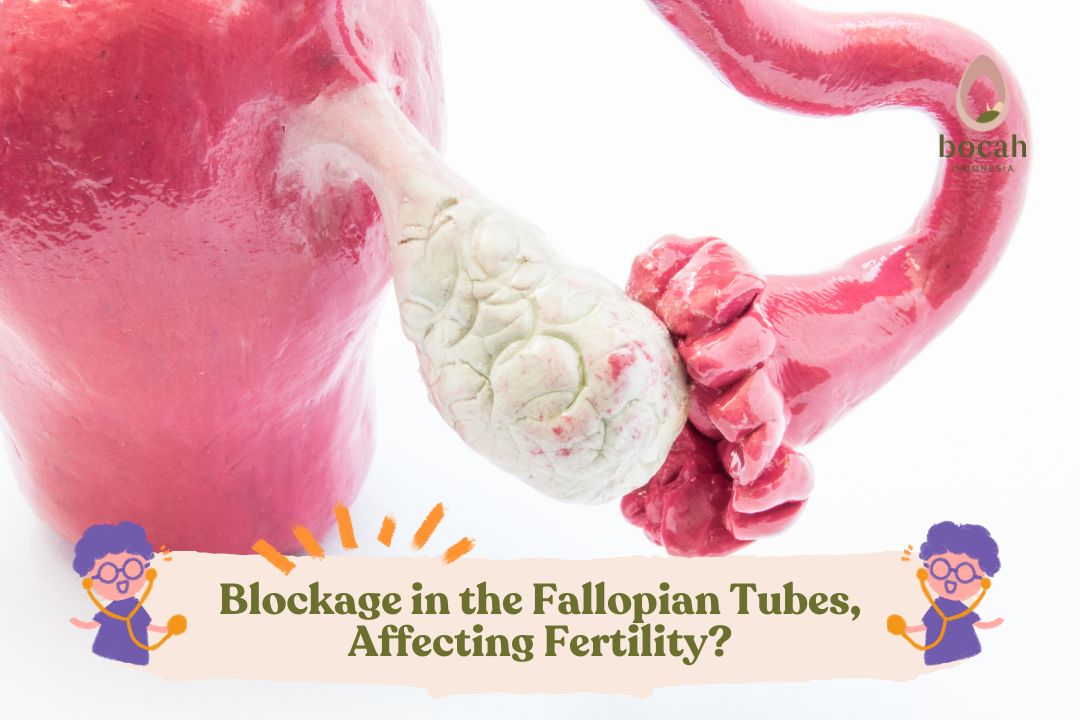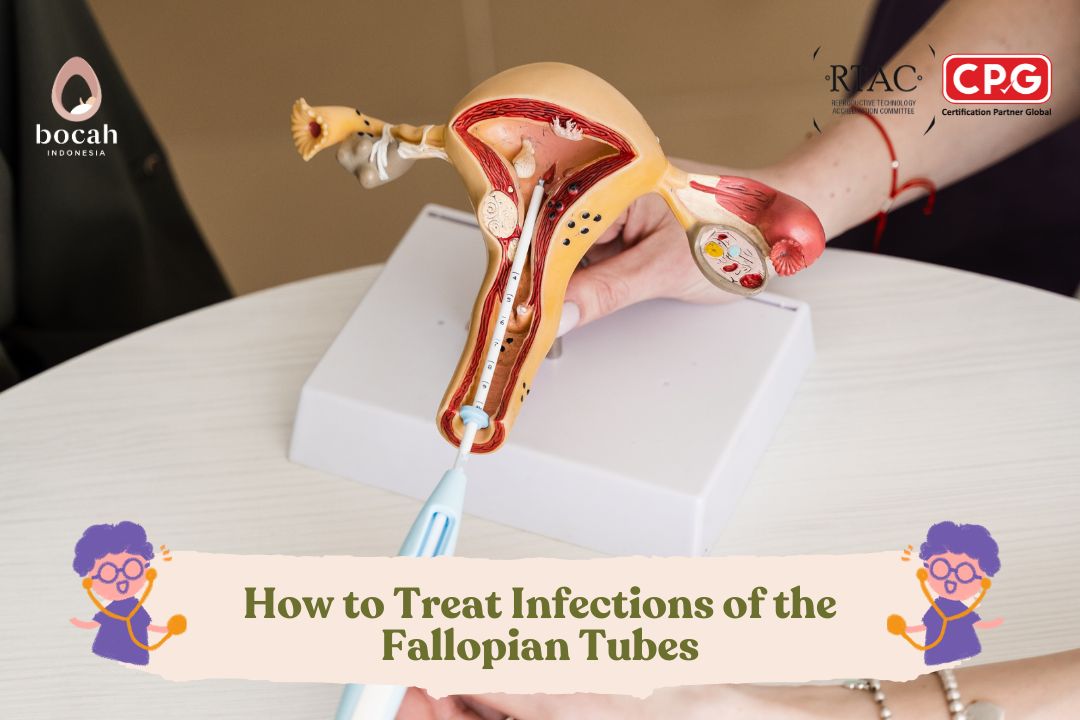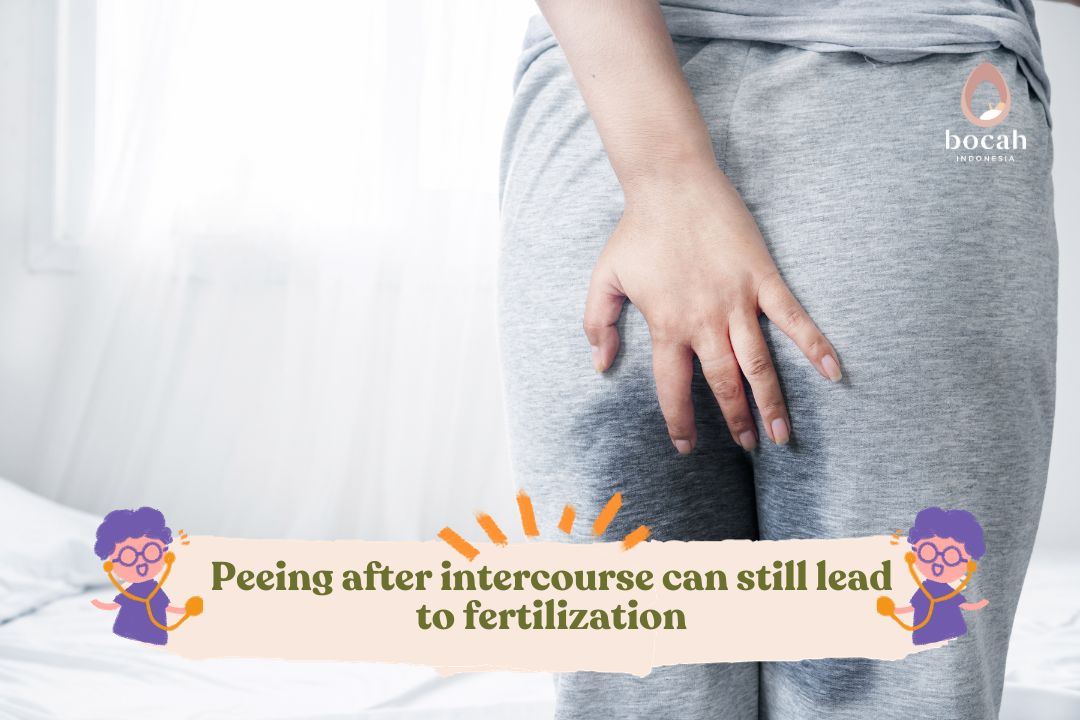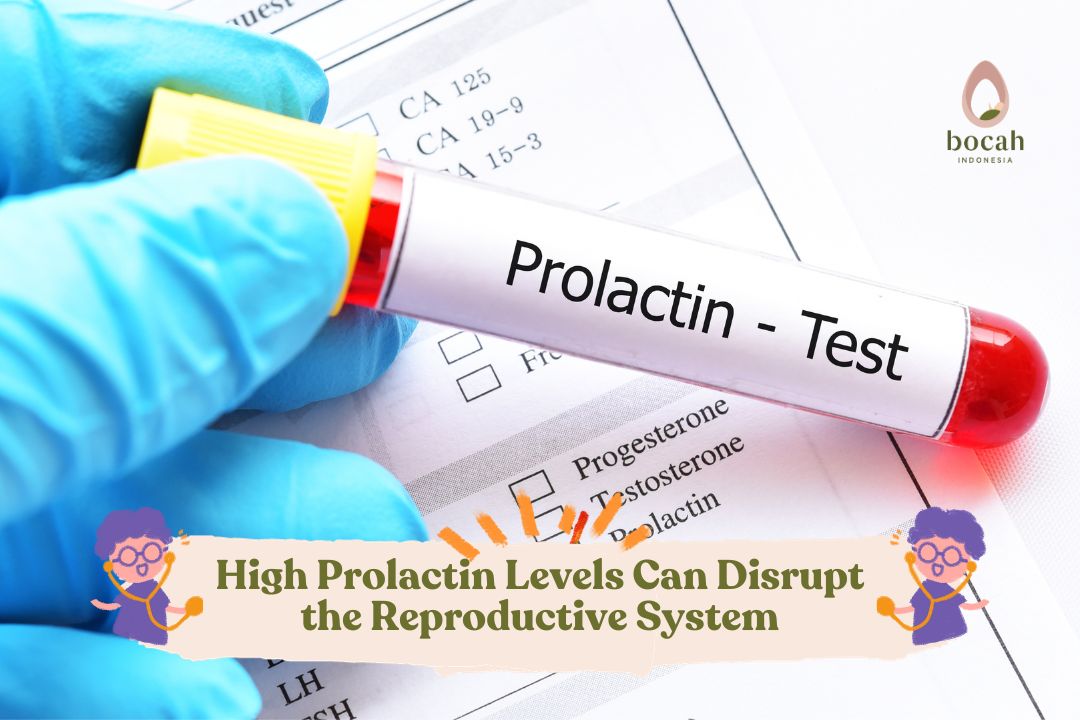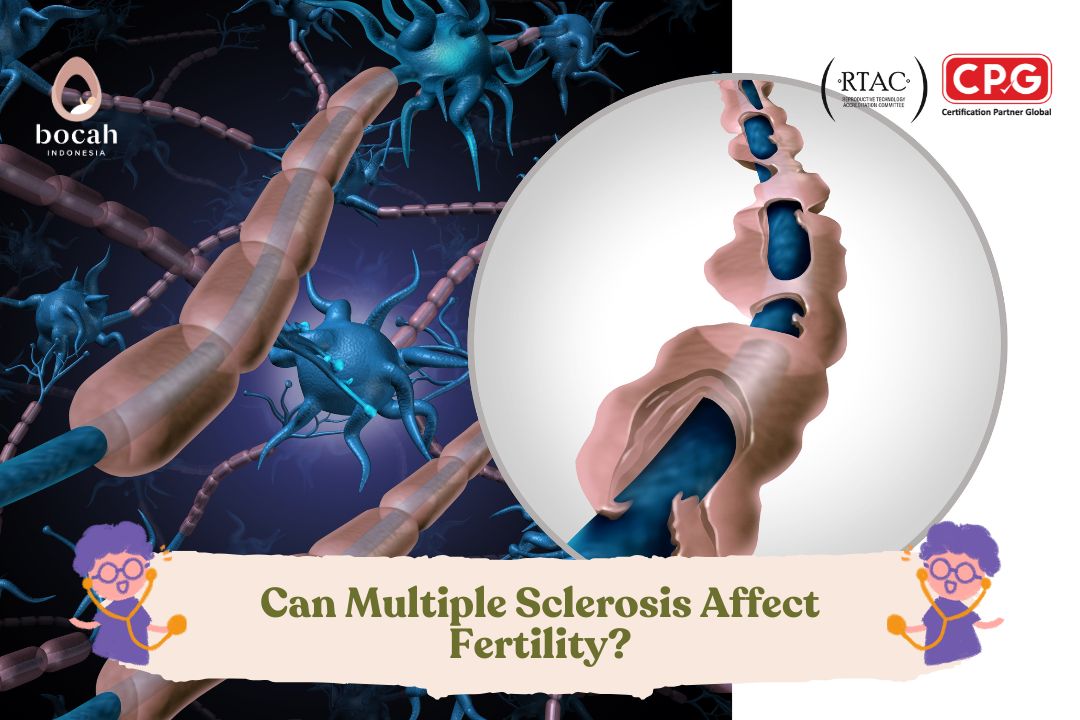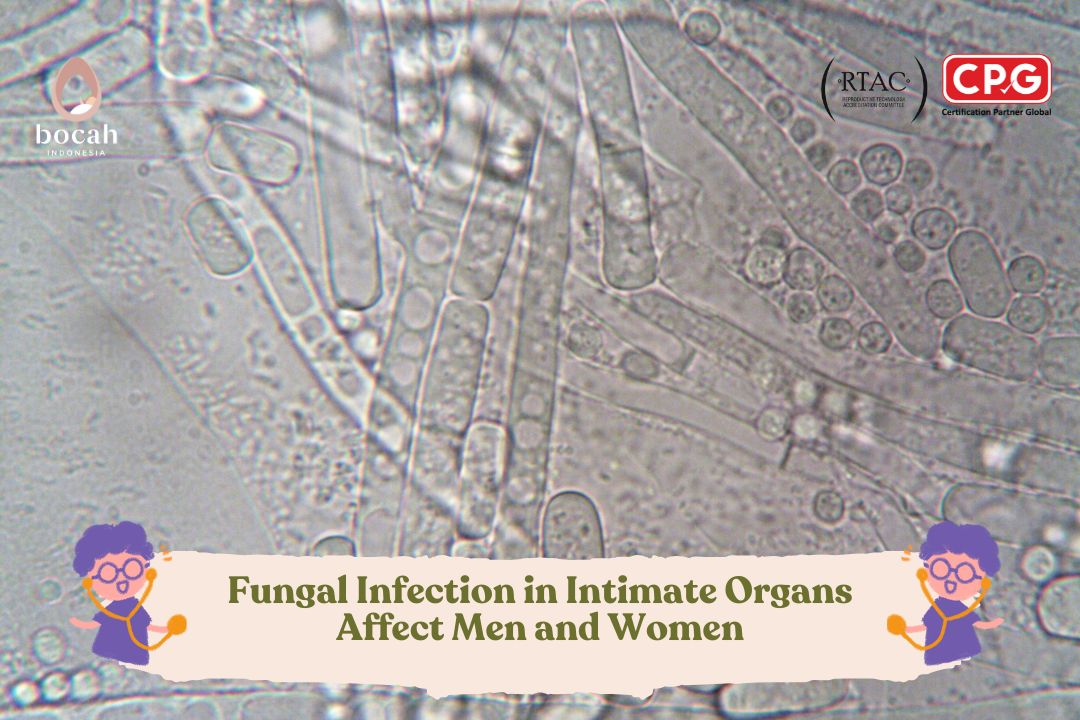Fallopian Tube Blockage: Can It Be Corrected with Surgery?
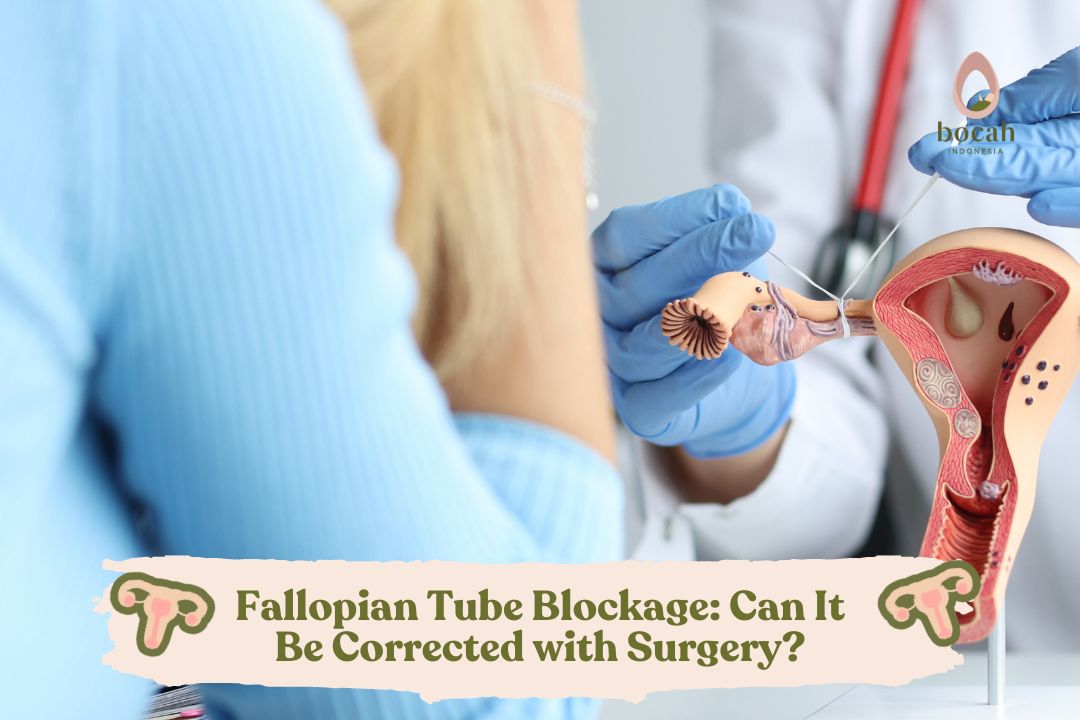
Blocked fallopian tubes are a common cause of infertility. In some cases, tubal blockage can be corrected through surgery.
The fallopian tube is a female reproductive organ that connects the ovaries and the uterus. This tube is a muscular structure lined with fine hair-like structures. These “hairs” work in two ways, aiding the travel of eggs from the ovaries to the uterus and facilitating the journey of sperm from the uterus to meet the egg.
Each fallopian tube ends in fimbriae, which resemble fingers. The fimbriae will catch and guide the egg when released by the ovaries.
Fallopian tubes play a crucial role in the pregnancy process, as fertilization occurs here. If any part of the fallopian tube is damaged, such as from surgery, disease, or infection, it can become blocked by scar tissue.
Abnormalities in the fallopian tubes contribute to about 25-30 percent of female infertility cases. These abnormalities include cases of fully blocked tubes and cases where only one tube is blocked or narrowed due to scar tissue.
Tanya Mincah tentang Promil?
Causes of Tubal Blockage
Fallopian tubes are usually blocked by scar tissue or adhesions in the pelvic cavity. This can be caused by various factors, including:
- Pelvic inflammatory disease. This disease is often caused by sexually transmitted infections such as chlamydia or gonorrhea, leading to scar tissue or hydrosalpinx. In rare cases, this condition can be caused by tuberculosis infection.
- Endometriosis. Endometrial tissue can grow in the fallopian tubes and cause blockages. Endometrial tissue growing in other organs can also cause adhesions that ultimately block the tubes.
- History of previous ectopic pregnancy. Scar tissue from surgery for an ectopic pregnancy can cause blockages in the fallopian tubes.
- Fibroids. The growth of benign tumors can block the fallopian tubes, especially at sites adjacent to the uterus.
- History of previous abdominal surgery. Previous surgeries in the pelvic and abdominal areas, especially if performed on the fallopian tubes themselves, can cause pelvic adhesions that block the tubes.
- Tubal ligation. This is a permanent contraceptive method where the fallopian tubes are tied off to prevent pregnancy.
Symptoms of Tubal Blockage
Tubal blockage often has no symptoms. In fact, many women are unaware that their fallopian tubes are blocked until they try to conceive and encounter difficulty.
In some cases, tubal blockage can cause mild pain on one side of the abdomen. This typically occurs in cases of tubal blockage due to hydrosalpinx, where the blocked fallopian tube fills with fluid and expands. Additionally, symptoms can arise from conditions causing tubal blockage. For example, endometriosis causing heavy menstrual cramps.
Effects of Tubal Blockage on Fertility
As explained earlier, fertilization occurs in the fallopian tubes. Tubal blockage can prevent the meeting of sperm and egg.
If both tubes are completely blocked, natural pregnancy is not possible. If only one tube is blocked, natural or assisted pregnancy through artificial insemination may still be possible. However, the risk of ectopic pregnancy increases. This is because fertilized eggs have difficulty moving towards the uterus through the blocked area. In such cases, doctors may recommend in vitro fertilization (IVF).
If only one side of the tube is blocked, the blockage is unlikely to affect fertility significantly because eggs can still travel through the open/patent tube. Fertility medications can help improve a woman’s chances of ovulating on the patent tube side.
Diagnosis of Tubal Blockage
To confirm the presence of tubal blockage, a doctor may perform one of the following two procedures:
- Hysterosalpingography (HSG). This is an outpatient radiological procedure that uses contrast material and X-rays. A catheter is inserted into the uterus through the vagina. Then, contrast material is injected into the uterus and tubes through the catheter. If fluid flows out of one or both tubes, it can be determined whether one or both tubes are open. If no fluid enters or flows completely through one or both tubes, a blockage is considered. The movement of contrast material can be seen using X-ray fluoroscopy and appears as a white (opaque) area.
- Laparoscopy. This procedure is minimally invasive and only requires a small incision below the navel. Doctors can visually inspect through laparoscopy whether one or both tubes are open. Laparoscopy can also be used to search for other fertility-affecting issues, such as scar tissue, adhesions, or endometriosis.
Treating Tubal Blockage: Surgery or IVF?
In cases of difficulty conceiving, tubal blockage can be opened or corrected through surgery. However, this depends on the extent of scar tissue and the location of the blockage. The surgery aims to open the fallopian tubes using one of the following methods:
- Removing scar tissue
- Creating a new opening on the outside of the fallopian tube
- Opening the fallopian tube from within
These procedures are usually performed through minimally invasive laparoscopic or hysteroscopic surgery. There are several corrective tubal blockage surgeries, namely:
- Tubal cannulation. This procedure involves inserting a catheter with a balloon guided by a wire into the fallopian tube. The presence of the balloon will open the blockage. Tubal cannulation should only be performed if radiological examinations show blockage in the proximal (near the uterus) part of one or both fallopian tubes. However, this procedure has a drawback, as fallopian tubes cannot be permanently opened and may re-close later.
- Salpingostomy. This is a procedure to address tubal blockage due to hydrosalpinx. In salpingostomy, a small hole is made in the tube near the ovary. Then, fluid will drain out so the tube can function again. However, there is a risk of scar tissue formation after surgery. This can re-block the fallopian tubes later.
- Fimbrioplasty. This is another surgical procedure that can be performed concurrently with salpingostomy. In addition to removing the blockage, the doctor also reconstructs the fimbriae. This procedure is only good for cases with minimal tube damage. Risks that may occur post-procedure include ectopic pregnancy.
In cases where the fallopian tubes are severely damaged, removal surgery is necessary, known as salpingectomy. This is the best option because damaged tubes can decrease the success rate of pregnancy, both natural and through IVF. After salpingectomy, women can undergo IVF treatment.
In principle, surgery to open tubal blockage is very complex and there is no guarantee of 100 percent effectiveness. Once again, this procedure can cause adhesions, tubal fibrosis, and the greatest risk is ectopic pregnancy. Ectopic pregnancy or pregnancy outside the uterus itself is a serious and dangerous condition.
For these various reasons, IVF becomes the treatment of choice for bilateral (both sides) tubal blockage cases and other tubal blockage cases predicted to be difficult to correct. And because the success rate of IVF has increased over the last decade, IVF has become the primary “treatment” for female infertility due to tubal disorders.
Rather than attempting to correct tube abnormalities, doctors prefer to avoid surgery on the tubes. The success rate of IVF in these cases is generally good as long as women are under 39 years of age and there are no other causes of infertility.
Conclusion
Blocked fallopian tubes can cause infertility. However, the chance of pregnancy still exists. In general, you can conceive naturally or through artificial insemination if one tube is still open. However, if both tubes are blocked, IVF is the primary option to achieve pregnancy. In some cases, surgery to correct tubal blockage can remove the blockage
This article has been medically reviewed by Dr. Fiona Amelia, MPH
Source:
- Ambildhuke K, Pajai S, Chimegave A, Mundhada R, Kabra P. A Review of Tubal Factors Affecting Fertility and its Management. Cureus. 2022 Nov 1;14(11).
- Practice Committee of the American Society for Reproductive Medicine. Role of tubal surgery in the era of assisted reproductive technology: a committee opinion. Fertility and Sterility. 2021 May 1;115(5):1143-50.
- Tulandi T. Female infertility: reproductive surgery. In: UpToDate, Post, TW (Ed), UpToDate, Waltham, MA, 2024.


